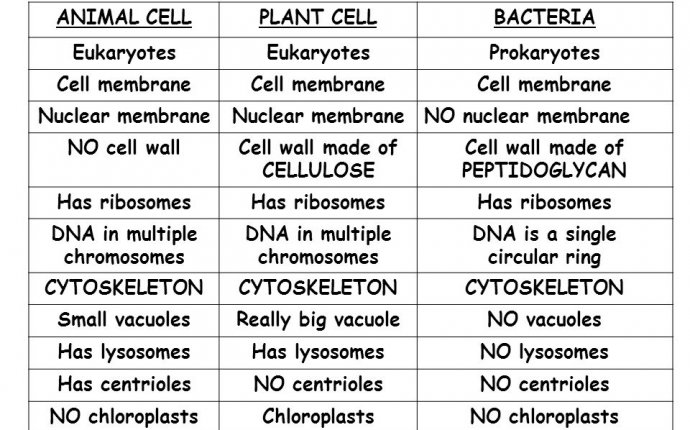
Bacteria Plant and Animal cells
Overview
Zeocin™ is a member of the bleomycin/phleomycin family of antibiotics isolated from Streptomyces. It shows strong toxicity against bacteria, fungi (including yeast), plants and mammalian cell lines (Calmels et al., 1991; Drocourt et al., 1990; Gatignol et al., 1987; Mulsant et al., 1988; Perez et al., 1989). Since Zeocin™ is active in both bacteria and mammalian cell lines, vectors can be designed that carry only one drug resistance marker for selection.
Description
Zeocin™ is a formulation of phleomycin D1, a basic, watersoluble, copper-chelated glycopeptide isolated from Streptomyces verticillus. The presence of copper gives the solution its blue color. This copper-chelated form is inactive. When the antibiotic enters the cell, the copper cation is reduced from Cu2+ to Cu1+ and removed by sulfhydryl compounds in the cell. Upon removal of the copper, Zeocin™ is activated and will bind DNA and cleave it, causing cell death.
Resistance to Zeocin™
A Zeocin™ resistance protein has been isolated and characterized (Calmels et al., 1991; Drocourt et al., 1990). This 13, 665 Da protein, the product of the Sh ble gene (Streptoalloteichus hindustanus bleomycin gene), binds stoichiometrically to Zeocin™ and inhibits its DNA strand cleavage activity. Expression of this protein in eukaryotic and prokaryotic hosts confers resistance to Zeocin™.
Handling Zeocin™
- High ionic strength and acidity or basicity inhibit the activity of Zeocin™. Therefore, we recommend that you reduce the salt in bacterial medium and adjust the pH to 7.5 to keep the drug active (see Low Salt LB Medium).
- Store Zeocin™ at -20°C and thaw on ice before use.
- Zeocin™ is light sensitive. Store the drug and plates or medium containing the drug in the dark.
- Wear gloves, a laboratory coat, and safety glasses when handling Zeocin™ containing solutions.
- Do not ingest or inhale solutions containing the drug.
- Be sure to bandage any cuts on your fingers to avoid exposure to the drug.
Concentrations of Zeocin™ to use for Selection
Zeocin™ and the Sh ble gene can be used for selection in mammalian cells (Drocourt et al., 1990; Mulsant et al., 1988), plants (Perez et al., 1989), yeast (Calmels et al., 1991; Gatignol et al., 1987), and prokaryotes (Drocourt et al., 1990). Suggested concentrations of Zeocin™ to use for selection in mammalian tissue culture cells, yeast, and E. coli are listed below.
| Organism | Zeocin™ Concentration and Selective Medium |
|---|---|
| E. coli | 25-50 μg/ml in Low Salt LB medium* |
| Yeast 50 | 50-300 μg/ml in YPD or minimal medium |
| Mammalian cells | 50-1000 μg/ml (varies with cell line) |
*For efficient selection, the concentration of NaCl should not exceed 5 g/liter.
R25001, R25005, K505001, K173001
Zeocin™ Selection in E. coli
Introduction
Use 25-50 μg/ml of Zeocin™ for selection in E. coli. High salt and extremes in pH will inhibit the activity of Zeocin™ (see recommendations below).
E. coli Host
Any E. coli strain that contains the complete Tn5 transposable element (i.e. DH5αF´IQ, SURE, SURE2) encodes the ble (bleomycin) resistance gene. These strains will confer resistance to Zeocin™. For the most efficient selection, use an E. coli strain that does not contain the Tn5 gene (i.e. TOP10, DH5, DH10, etc.).
Ionic Strength and pH
Extremes in pH and high ionic strength will inhibit the activity of Zeocin™. To optimize selection in E. coli, the salt concentration must be < 110 mM and the pH must be 7.5. A recipe for Low Salt LB is provided below to optimize selection in E. coli.
Low Salt LB Medium
10 g Tryptone
5 g NaCl
5 g Yeast Extract
- Combine the dry reagents above and add deionized, distilled water to 950 ml. Adjust pH to 7.5 with 1 N NaOH and bring the volume up to 1 liter. For plates, add 15 g/L agar before autoclaving.
- Autoclave on liquid cycle at 15 psi and 121°C for 20 minutes.
- Thaw Zeocin™ on ice and vortex before removing an aliquot.
- Allow the medium to cool to at least 55°C before adding the Zeocin™ to 25 μg/ml final concentration.
Store plates and unused medium at +4°C in the dark. Plates and medium containing Zeocin™ are stable for 1-2 weeks.
Recommendation
Invitrogen™ imMedia™ is available for fast and easy microwaveable preparation of Low Salt LB medium or agar containing Zeocin™. See below for ordering information. For more information, see our website or call Technical Service.
| Medium | Quantity | Catalog no. |
|---|---|---|
| imMedia™ Zeo Liquid | 20 pouchest | Q620-20 |
| imMedia™ Zeo Agar | Q621-20 |
t Each pouch provides sufficient reagents to prepare 200 ml of liquid medium or 8-10 standard size agar plates.
Zeocin™ Selection in Yeast
We have successfully transformed plasmids conferring Zeocin resistance into Saccharomyces cerevisiae and Pichia pastoris. The concentration of Zeocin™ required to select resistant transformants may range from 50 to 300 μg/ml, depending on the strain, pH, and ionic strength. Guidelines are provided below to assist you with selecting Zeocin™-resistant transformants.
We do not recommend spheroplasting for transformation of yeast with plasmids containing the Zeocin™ resistance marker. Spheroplasting involves removal of the cell wall to allow DNA to enter the cell. Cells must first regenerate the cell wall before they are able to express the Zeocin™ resistance gene. Plating spheroplasts directly onto selective medium containing Zeocin™ will result in complete cell death.
Transformation Method
We recommend electroporation, lithium cation protocols, or our EasyComp™ Kits for transformation of yeast with vectors that encode resistance to Zeocin™. Electroporation yields 103 to 104 transformants per μg of linearized DNA and does not destroy the cell wall of yeast. If you do not have access to an electroporation device, use chemical methods or one of the EasyComp™ Kits listed below.



